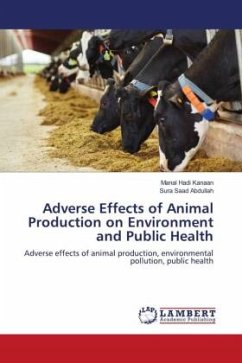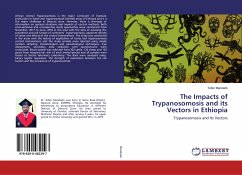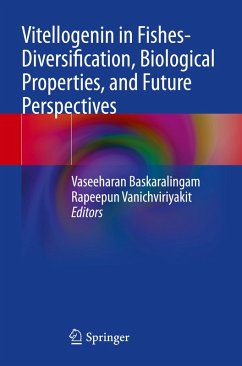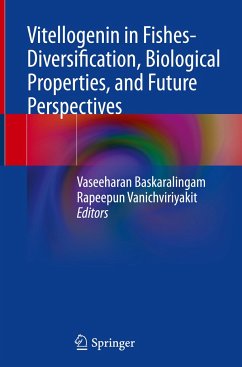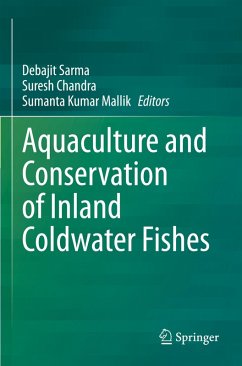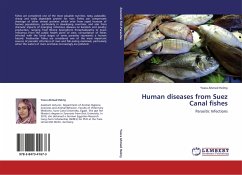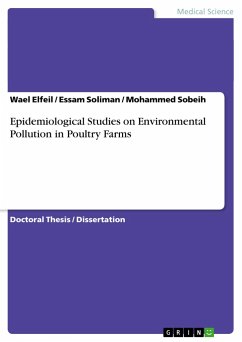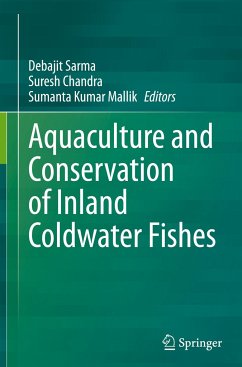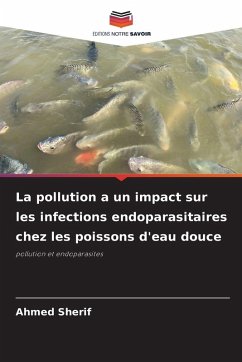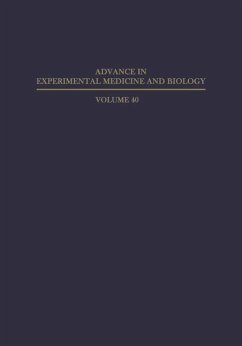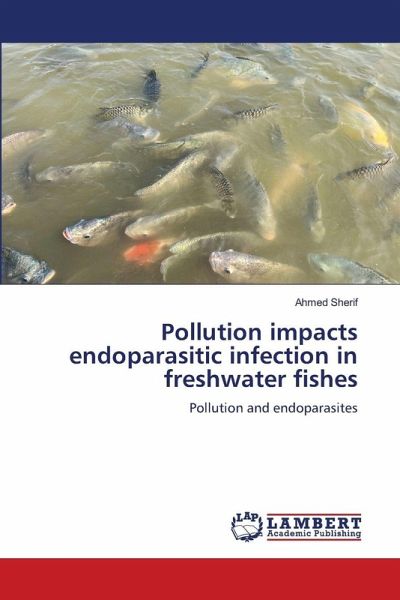
Pollution impacts endoparasitic infection in freshwater fishes
Pollution and endoparasites
Versandkostenfrei!
Versandfertig in 6-10 Tagen
40,99 €
inkl. MwSt.

PAYBACK Punkte
20 °P sammeln!
From the results of this study it could be concluded that infection rate of endo-protozoa was higher in cultured freshwater fishes (fish farms) than wild fishes (Borullus Lake), also summer season had the highest infection rate and the most prevailed protozoa in summer season were Eimeria spp and Entamoeba in O. niloticus while in C. gariepinus blood parasites were the most isolated endo-protozoa Trypansoma and Babesia.The health status of examined fish (Oreochromis niloticus and Clarias garipinus) affected significantly by water parameters such as nitrogenous compound and bacteriological stat...
From the results of this study it could be concluded that infection rate of endo-protozoa was higher in cultured freshwater fishes (fish farms) than wild fishes (Borullus Lake), also summer season had the highest infection rate and the most prevailed protozoa in summer season were Eimeria spp and Entamoeba in O. niloticus while in C. gariepinus blood parasites were the most isolated endo-protozoa Trypansoma and Babesia.The health status of examined fish (Oreochromis niloticus and Clarias garipinus) affected significantly by water parameters such as nitrogenous compound and bacteriological status. Total bacterial count and total coliform count values correlated positively with organic fertilizers. There were positive correlations between water (nitrogenous compound and bacteriological status) and infection rate of endo-protozoa.Heavy metals (Fe, Mn, Zn, Cu, Pb, Cd and Hg) concentration in the water were higher in farms than Borullus Lake. No correlation between infection rate and heavy metals levels in water.Heavy metals concentration in organs follows liver > gills > muscles. Negative correlation between heavy metals residues in fish tissues and infection rate.



